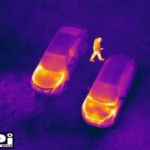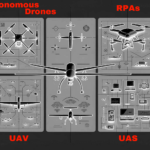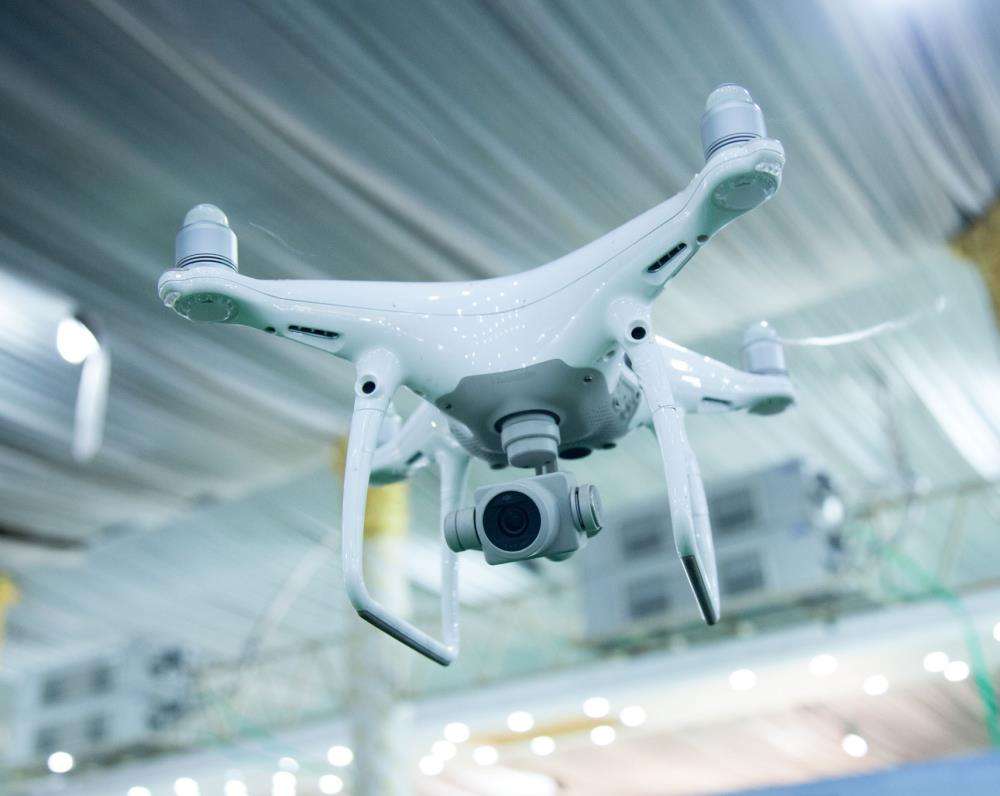
Drones equipped with gimbal cameras have revolutionized a multitude of sectors, from filmmaking and real estate to wildlife observation and disaster management. However, the weight of these cameras is a significant factor that can influence the flight performance, battery life, payload capacity, portability, and cost of drones. Therefore, it is crucial to comprehend these aspects in detail to make informed decisions about drone and camera selection, especially for professional applications.
Flight Performance
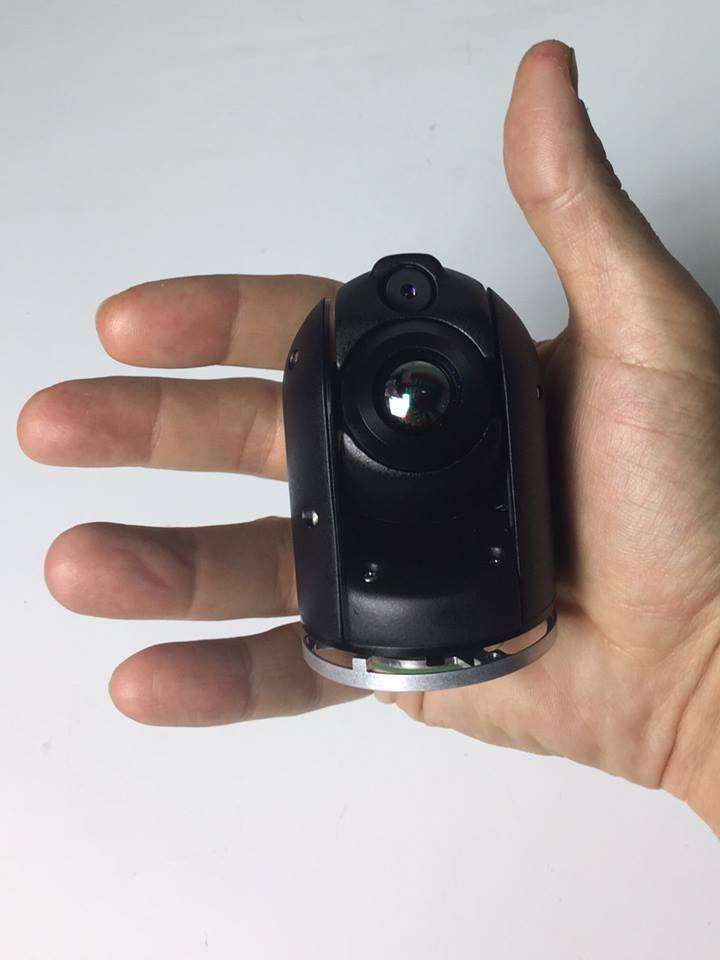
The weight of a gimbal camera can considerably affect the flight performance of a drone. An increased weight could lead to a decrease in stability and maneuverability (Floreano & Wood, 2015). A camera that is too heavy can make the drone harder to control, thereby increasing the risk of crashes. Thus, it becomes imperative to ensure that the gimbal camera’s weight is compatible with the drone’s performance capabilities.
Battery Life
The implications of a gimbal camera’s weight extend to the drone’s battery life. As heavier cameras require more power to lift and stabilize, the energy consumption of the drone increases, which in turn affects the battery life (Richter et al., 2016). Consequently, heavier cameras can lead to shorter flight times and the need for more frequent battery changes or recharging.
Payload Capacity
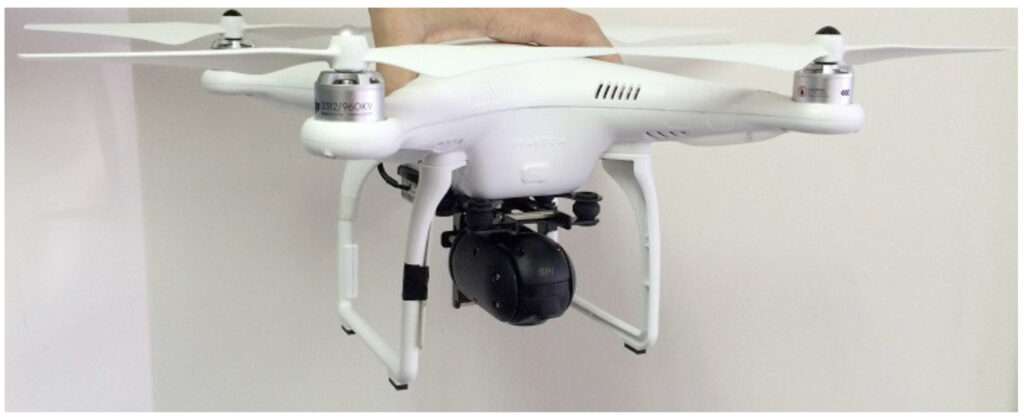
The weight of a gimbal camera also impacts the payload capacity of a drone. Each drone has a maximum payload capacity, the limit of weight it can carry without compromising its flight performance or safety. If the camera’s weight exceeds this capacity, the drone becomes unsafe to fly (Anderson & Anderson, 2012). Hence, the camera’s weight is a critical parameter when selecting a drone for specific applications.
Portability
Another aspect influenced by the gimbal camera’s weight is the portability of the drone. Heavier cameras may necessitate larger carrying cases or bags, making it challenging to transport (Floreano & Wood, 2015). This consideration becomes particularly significant for professionals who frequently travel with their drone and camera equipment.
Cost
Lastly, the weight of a gimbal camera can influence the overall cost of a drone. Heavier cameras often necessitate more powerful motors or larger propellers, leading to a price increase (Richter et al., 2016). Furthermore, the added weight accelerates wear and tear on the drone, contributing to heightened maintenance and repair costs over time.
In conclusion, the weight of a gimbal camera plays a crucial role in the functionality, performance, and cost of a drone. Therefore, professionals and hobbyists alike should consider these factors when choosing a drone and camera setup to ensure optimal performance and longevity.
Resources
Anderson, J., & Anderson, K. (2012). DIY Drones. Wiley.
Floreano, D., & Wood, R. J. (2015). Science, technology and the future of small autonomous drones. Nature, 521(7553), 460-466.
Richter, H., Anderson, M., & Theiss, J. (2016). Energy analysis of air vehicles. In Air and Space Propulsion (pp. 253-289). Springer.

